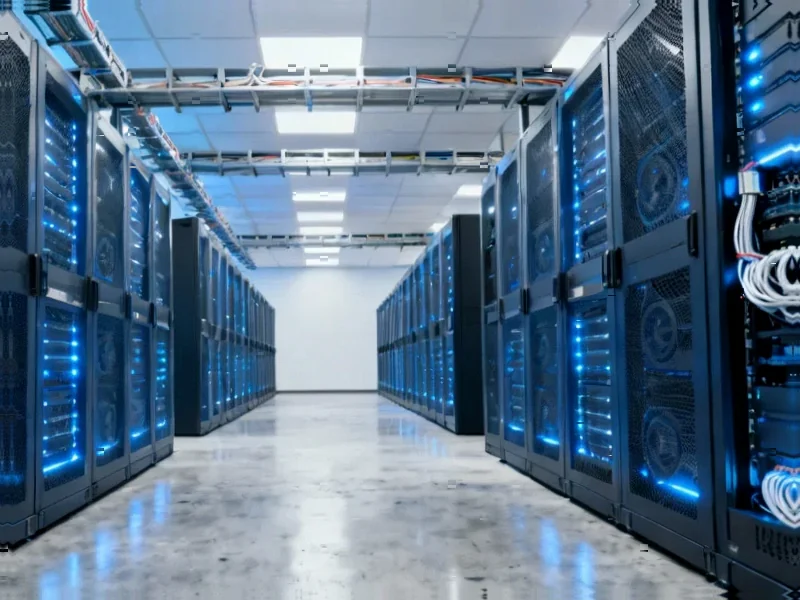According to CNBC, UBS has upgraded Cisco Systems to a buy rating with a new 12-month price target of $88 per share, representing 20% upside potential. Analyst David Vogt cited surging AI infrastructure demand, noting Cisco secured over $2 billion in AI orders for fiscal 2025, nearly all from hyperscalers with two-thirds being full systems running Silicon One. Enterprise AI orders are now approaching $1 billion, up sharply from just a couple hundred million dollars in the most recent quarter, positioning Cisco for sustained AI-fueled growth through fiscal 2026 and 2027. The analyst projects Cisco could achieve 6% revenue growth to around $60 billion in fiscal 2026, exceeding company guidance, driven by AI infrastructure refresh cycles and strong performance in security products like hypershield growing over 20%.
The Infrastructure Play That’s Paying Off
Cisco’s success in the AI infrastructure space represents a remarkable strategic pivot for a company many had written off as a legacy networking player. While much of the AI narrative has focused on GPU manufacturers like Nvidia and cloud providers, Cisco has quietly positioned itself as the critical plumbing that makes AI infrastructure work at scale. Their Silicon One architecture represents a fundamental rethinking of networking hardware specifically designed for the massive data flows required by AI workloads. This isn’t just selling more switches – it’s providing the foundational technology that enables AI clusters to function efficiently, which explains why hyperscalers representing two-thirds of their AI orders are making such significant commitments.
The Enterprise AI Wave Is Just Beginning
What’s particularly telling in UBS’s analysis is the dramatic acceleration in enterprise AI orders from “a couple hundred million” to approaching $1 billion. This signals that we’re moving beyond the initial hyperscaler-driven AI infrastructure buildout into the enterprise adoption phase. Companies are now realizing they need dedicated AI networking infrastructure rather than trying to retrofit existing systems. The campus network refresh cycle Vogt mentions – upgrading from older 4K and 6K equipment to AI-enabled smart switches – represents a multi-year opportunity that could drive Cisco’s campus market growth from 5% to 7% by fiscal 2027. This enterprise demand is more sustainable than hyperscaler spending, which tends to be more cyclical.
Redefining the Competitive Landscape
Cisco’s AI infrastructure success challenges the narrative that legacy networking companies would be disrupted by software-defined networking and cloud-native solutions. Instead, they’ve demonstrated that physical infrastructure expertise matters more than ever in the AI era. The performance requirements for AI workloads – particularly around latency, bandwidth, and reliability – have created a renewed appreciation for purpose-built hardware. This positions Cisco against a different set of competitors than their traditional networking rivals, including Nvidia’s networking solutions and specialized AI infrastructure providers. Their ability to maintain this momentum will depend on continued innovation in their Silicon One platform and execution on the enterprise side.
Sustainable Growth or AI Bubble?
The critical question for investors is whether this represents sustainable growth or simply riding the AI hype cycle. Several factors suggest this could be more durable: the enterprise order acceleration indicates broad-based demand beyond hyperscalers, the campus refresh cycle provides multi-year visibility, and Cisco’s security business provides additional diversification. However, risks remain – hyperscaler spending could prove volatile, and competition will inevitably intensify as the market matures. The 20% CAGR projection for hyperscaler capex growth over the next three years seems aggressive but achievable given the fundamental infrastructure requirements of scaling AI systems. Cisco’s challenge will be maintaining their technological edge while navigating what could become an increasingly commoditized market over time.




